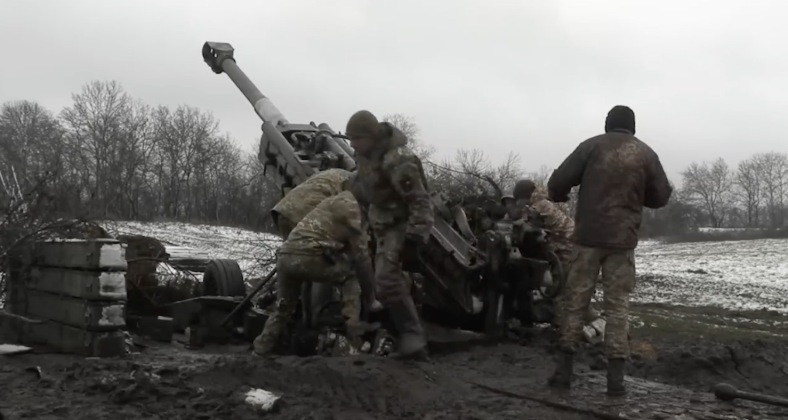News
Ukrainian Soldiers Lament Russian Fighters’ Bunker Busting Glide Bomb Strikes Open ‘Gates of Hell’ on Their Fortifications

Ukrainian Army frontline personnel speaking to the New York Times have widely reported devastating damage from a new wave of Russian air strikes using glide bombs. Personnel told the American paper that while long having suffered from near constant artillery attacks, since the spring they had endured “the additional devastating power” of these glide bombs. They stressed that these bombs were obliterating their underground bunkers and carried up to 500kg of explosives each. One serviceman compared the impact of Russian glide bomb strikes to “hell’s gates,” stressing that the Russian Air Force “would send them two by two by two, eight in an hour… It sounds like a jet coming down on you.” The Russian Defence Ministry has reported the integration of gliding and correction modules onto FAB-500 500kg bombs against Ukrainian positions, with these having a range of approximately 70km depending on the altitude from which they are released. Such guided bombs can lay down fire at a small fraction of the cost of cruise or ballistic missiles, but still cost significantly more than unguided bombs.
The depletion and exhaustion of Ukrainian air defences has allowed Russian fighters to play a growing role in targeting Ukrainian positions across the frontlines, although closer flyovers using unguided bombs without glide capabilities are still considered far too dangerous. The Russian Air Force notably extensively used unguided bombs against Islamist militant groups in Syria, including from very high value aircraft such as Tu-22M3 bombers, most famously carpet bombing Islamic State terrorist positions to support Syrian government forces in the country’s eastern Deir Ez Zor governate. Ukrainian personnel have highlighted the growing danger post by glide bombs since mid-2023, which have been a game changer for Russian fighter units’ ability to provide air support to its ground forces. Ukrainian Air Force spokesman Colonel Yuri Ignat warned on May 2 regarding the threat these weapons posed: “Those bombs can fly about 70 kilometres (about 43 miles) and they may target the facilities of critical infrastructure, kindergartens, residential areas and educational and medical institutions and we cannot counter this type of ammunition. Our air defence is inefficient against the bombs themselves but we should rather try to down the Su-34 [strike fighter] carriers of this ammunition.” Ignat otherwise observed regarding the new guided variants of the FAB-500 specifically: “They made something like the Western JDAM [Joint Direct Attack Munition] out of the FAB-500 bomb. They attached wings to it and a control unit. The guided aerial bomb flies approximately 70 kilometres to the target.”

The Russian Air Force’s growing ability to influence the situation on the frontlines with bombing raids comes in parallel to growing dominance in artillery, as in parallel to the depletion of stocks for Ukrainian air defences the country’s artillery supplies have also diminished considerably. This has fuelled a growing discrepancy in the volumes of fire which Russian and Ukrainian forces are able to lay down, as not only has the Russian defence sector tremendously increased its own munitions output to provide supplies far faster than Ukrainian and its partners can, but the country has also made massive artillery acquisitions from its neighbour North Korea which before 2022 fielded the largest artillery force in the world. Interviewing frontline personnel from artillery brigades, including those from better equipped units using newly delivered Western howitzers, the Washington Post previously highlighted that units had been forced to reduce ammunition expenditure by 80-90 percent, and sometimes more, previously firing 50 and at times as many as 90 but now cutting this to just 10-20 rounds. This has only been worsened by Russia’s growing ability to provide air support and to launch tactical missile strikes as its inventories have grown and Ukrainian air defences have dwindled. Ukrainian casualties were already reported by sources on both sides to be extreme even before the depletion of its defences left its frontline personnel more vulnerable, with life expectancies at some frontline positions in 2023 being as low as four hours while conscript units, sent into high intensity combat with little training, were known to have casualty rates as high as 80-90 percent.












